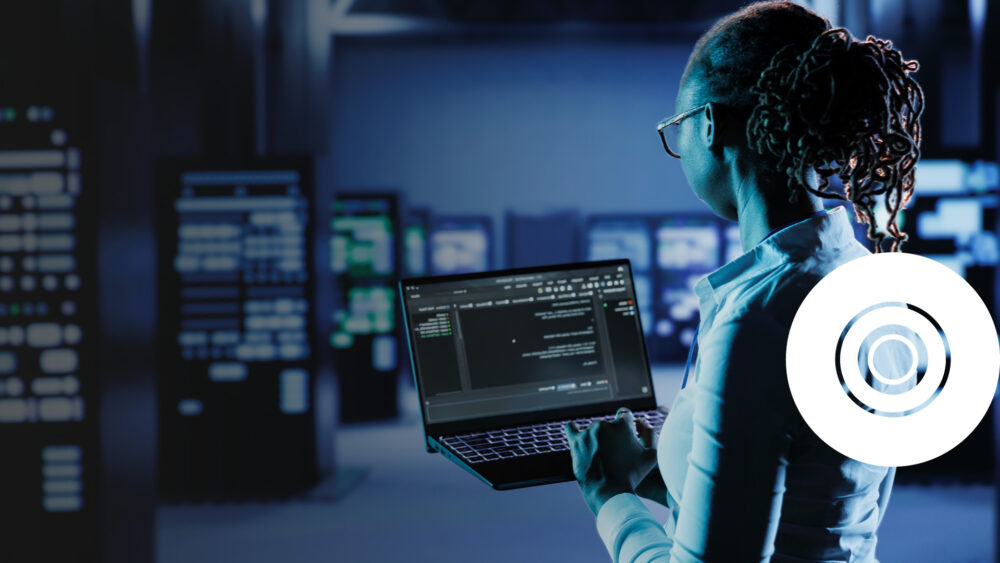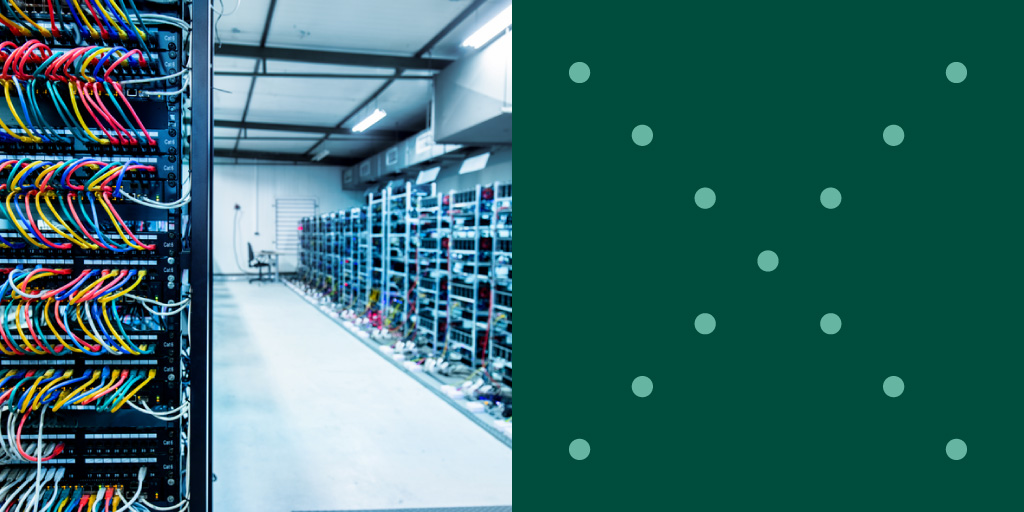Machine Learning: Exploring the Future of AI in Data Centers

The proposal of the “Forbidden Experiment,” as it is known in linguistics, is simple: if language development is inherently human and independent of culture, a group of children raised in total isolation would be able to develop their own language without any external influence.
It failed to prove its hypotheses; language acquisition doesn’t work that way. We have an innate capacity for communication, yes, but the right tools are needed to develop it. The learning of Artificial Intelligence operates similarly.
The Challenge of AI in Data Centers
To improve and become a competitive advantage, AI requires a specific data center infrastructure that supports the large masses of information with which it is trained and optimized. AI can process massive loads of information and find patterns in them, but it needs tools to achieve this.
With AI and Machine Learning (understood as its ability to learn and make predictions from data) increasingly present within data centers, it becomes vital to be able to handle deep neural networks where ML applications can learn directly from raw data.
Training the deep learning systems necessary to process and evaluate results from large volumes of data increases the accuracy of their predictions. The main problem with this is the time these learning cycles can take in most cases, taking days or even weeks to process large information packages.
Infrastructure as a Solution

Reducing AI learning cycles is crucial if we seek more accurate and precise predictions. To achieve this, the implementation of solid infrastructures with lossless networks and low latency is required. With this in mind, Cisco has focused its efforts on optimizing AI to increase and perfect the reach of its data centers.
Switches like the Cisco Nexus 9000, for example, cover the main requirements of AI/ML applications through adequate latency, obstacle management, and cutting-edge telemetry.
If we add automation and conflict management tools, such as Cisco Nexus Dashboard Insights or Nexus Dashboard Fabric Controller, we can generate an ideal platform on which to build high-performance AI/ML networks without setbacks.
Relying on secure architectures to simplify AI infrastructure operations is another good option. Systems like the UCS X-Series Modular System, which allows flexibility in CPU/GPU, or the Cisco AI/ML Enterprise Networking Blueprint, for optimal AI/ML application performance, ensure simplicity, scalability, security, and infrastructure control.
A Role Model

The inclusion of AI/ML processes is definitely revolutionizing all areas of the industry, and Data Centers have seen the need to streamline their processes and improve their performance to support their development. With the implementation of new AI-assisted programs in their Data Centers, Cisco has managed to improve its problem handling, response times, and smoother change management without obstacles.
AI is taking its first steps and, similar to language acquisition in children, it needs an ideal structure and the right tools to learn and grow to provide us with all the advantages it can offer. Optimizing Data Centers provides just that.
Not sure where to start? Ikusi brings you the tools you need to optimize your Data Centers and maximize the potential of your AI and Machine Learning integrations.
Drive innovation with Ikusi.